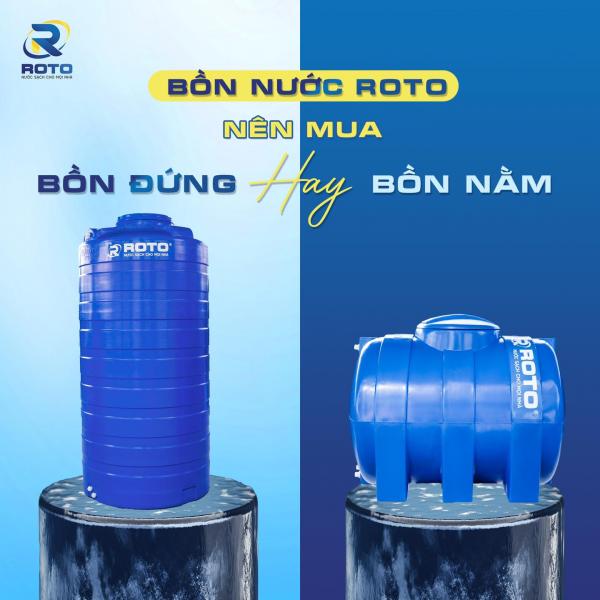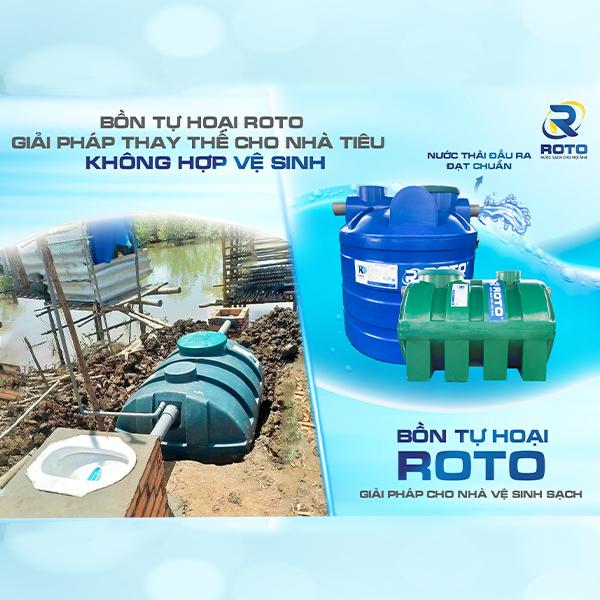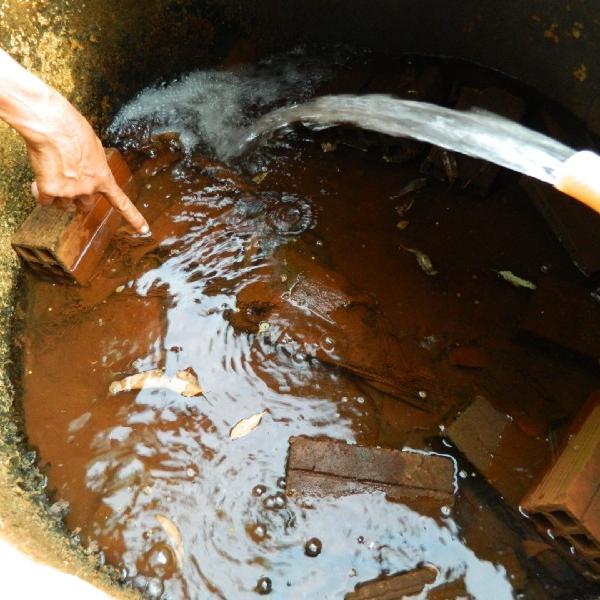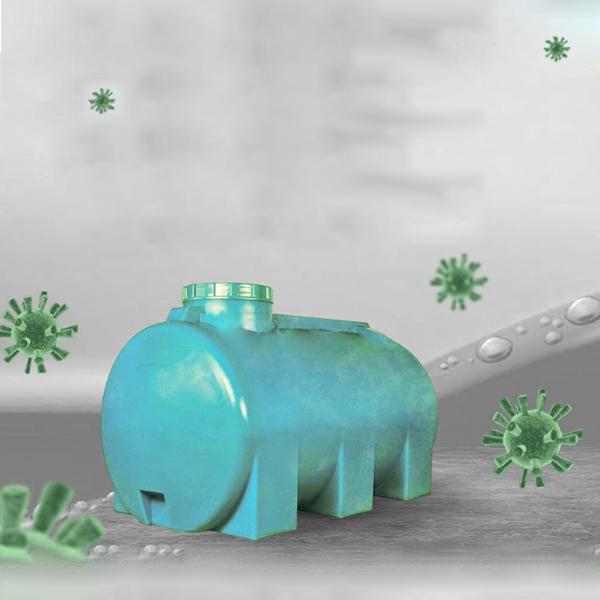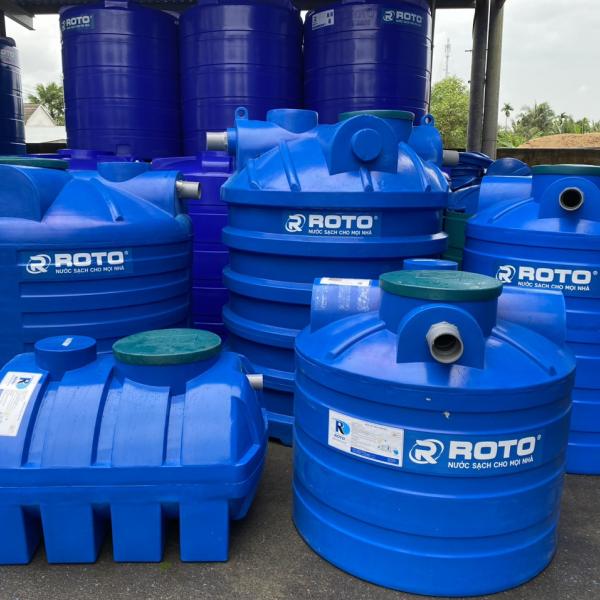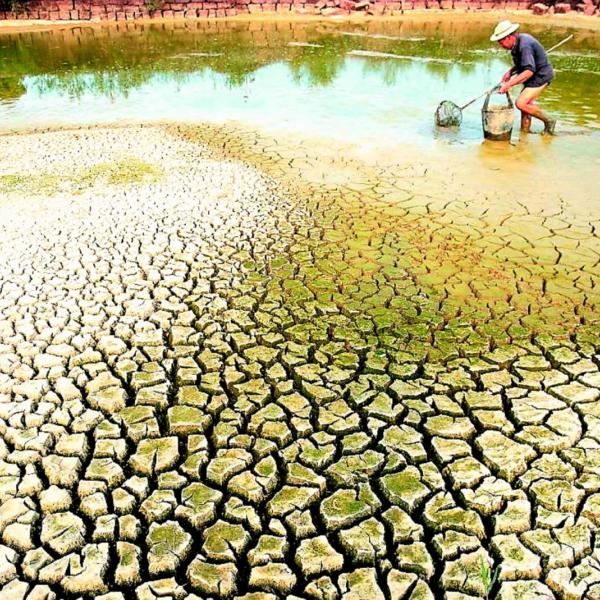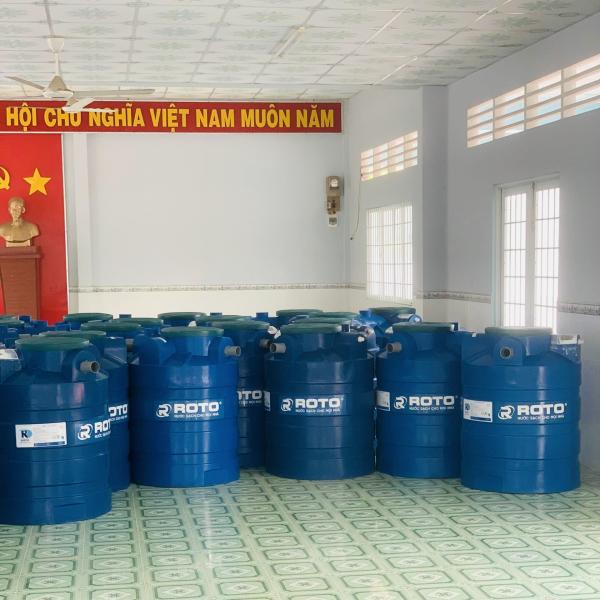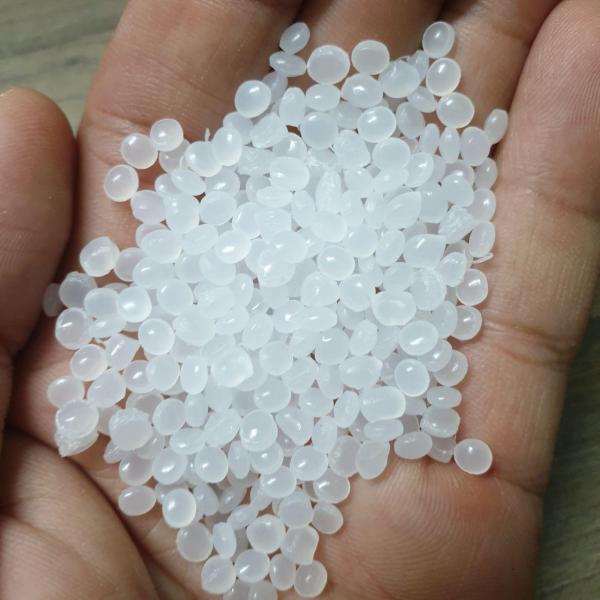In recent years, surface water sources in most river basins in our country have been seriously reduced. This not only affects the demand for water supply for daily life and production activities, but also has a significant impact on the ecology of rivers. So what is the water surface? What is the difference between surface water and groundwater? What is the current situation of surface water in Vietnam? All will be answered in the content of todays article.
What is surface water?
According to Clause 3, Article 2 of the Law on Natural Resources of Vietnam 2012, surface water is defined as water sources existing on the surface of the mainland or islands. Simply put, surface water is all the water you see above the ground that is not due to excavation. This also means that surface water will include both surface water and circulating water. Based on the definition in an EU regulation on the division of surface water, surface water will be distinguished from river, lake, coastal and transitional waters.
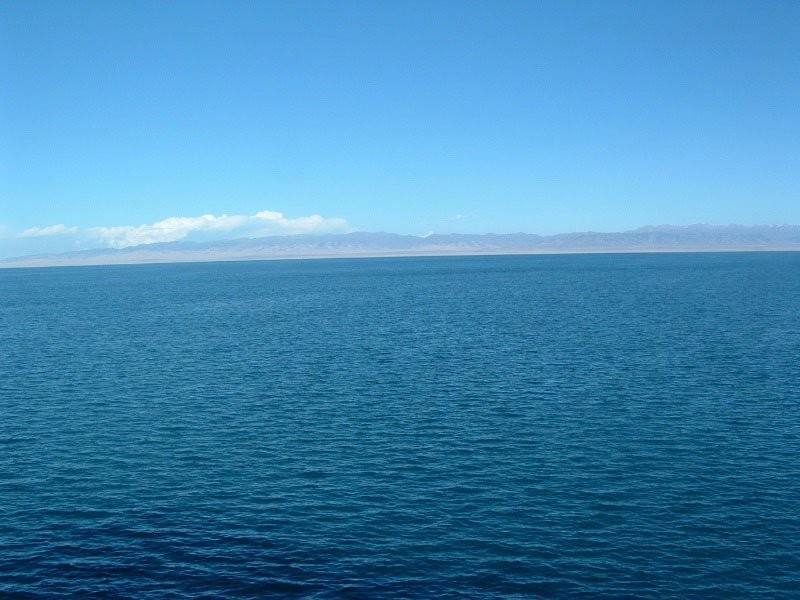
What is surface water?
Characteristics of surface water
- Depending on the characteristics of the soil that water flows through to the reservoirs, surface water will have different chemical compositions.
- In the process of dissolving different particles by exchanging on the water-air surface, surface water will self-dissolved gases such as N2, O2 or CO2.
Surface water contains large amounts of suspended substances, especially in runoff. Therefore, when designing surface water treatment equipment, we cannot ignore the stage of flocculation, the formation of suspended particles. In dams containing water, due to the long standing time of water, natural sedimentation of large particles will appear. The turbidity of the water at this time is caused by colloids.
- In surface water, there are many organic substances of natural origin. They are produced by the decomposition of organic matter by plants and animals living on the surface of water or in rivers, lakes, and decomposing microorganisms after death.
- Existence of floating organisms: Surface water is the habitat and development of algae and zooplankton. When facing favorable conditions, surface water ecosystems including animals, plants and fish can thrive.
- The change in temperature and water quality occurs daily, seasonally, depending on the amount of sunlight, the temperature difference between seasons or happens randomly due to rainstorms, pollution. In areas containing surface water, the water quality of elements such as iron, manganese, phytoplankton, oxygen, etc. varies from the surface to the bottom of the reservoir, depending on the cycle of a year.
- Organic pollution will lead to eutrophication of water resources:
The source of pollution comes from the residues present in urban wastewater due to human metabolism, daily life, cooking, etc.
+ Sources of pollution are organic and inorganic wastes in industrial water generated by production activities.
+ Pollution sources come from agricultural products such as fertilizers, pesticides, pesticides, etc. or organic waste from livestock activities.
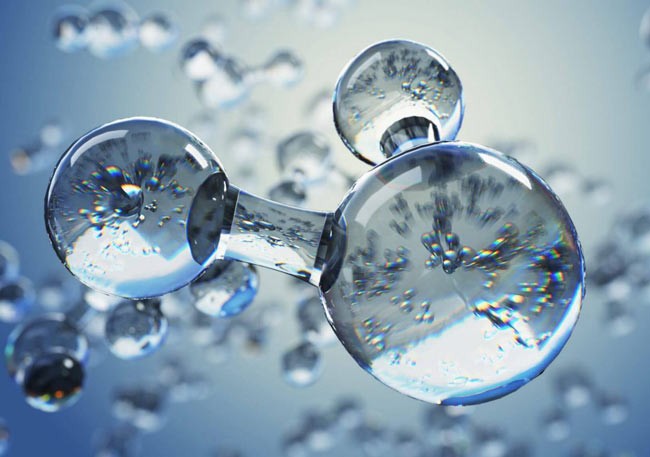
Properties of surface water
Compare surface water and ground water
Currently, surface water and groundwater are the two main sources of water used for production, irrigation and human activities. However, these two water sources have completely different properties. As follows:
|
Criteria |
Surface |
Water Groundwater |
|
Temperature |
Because it is located on the surface of the continent, surface water is affected by changes in air temperature and water temperature will change with the seasons. |
Because it is located very deep underground, groundwater is less affected by environmental temperature and the water temperature is relatively stable all year round. |
|
Floating solids |
The concentration of suspended solids is high and varies with the seasons |
The concentration of suspended solids is very low and almost non-existent |
|
Water-soluble minerals (calcium, magnesium) |
Depending on the quality of the soil and the amount of rain, there is a change |
There is little variation and more minerals are present in groundwater than in surface water |
|
Fe2+ ion content. Mn2+ |
Only in the water close to the bottom of rivers and lakes |
There are many in groundwater |
|
H2S |
Not available |
available |
|
NH3 |
Sometimes surface water is polluted |
available |
|
Dissolved oxygen gas |
Almost saturated |
It doesnt exist because its so deep in the ground |
|
Dissolved CO2 |
Almost no |
High concentration |
|
Microorganism |
Contains more nutrients, so microorganisms are more abundant |
Mainly microorganisms caused by iron |
.jpg)
Compare surface water and ground water
Potential of surface water in Vietnam
Vietnam is a country with a dense network of rivers with 2,360 rivers with a length of over 10 km, including 109 main rivers. There are 16 river basins across the country with water flow greater than 2,500 square kilometers and 10 out of 16 river basins with an area larger than 10,000 square kilometers. The total average annual flow of our country is about 847 square kilometers. in which, 60% is outflow - water flows from neighboring countries into the territory of Vietnam (507km3) and 40% is inland flow (340km3). Through this, we can conclude that Vietnam is a country with huge potential for surface water.
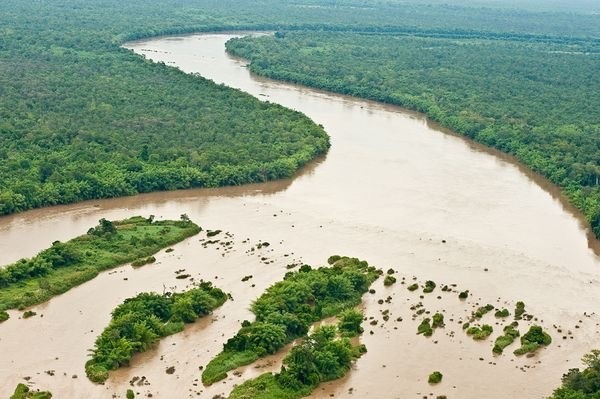
Surface water resources in Vietnam
Current status of surface water pollution in Vietnam
In recent years, surface water resources in the downstream of most river basins have fallen into serious decline, even many rivers are dying, leading to water shortage, scarcity of clean water for supply. supply for daily life, production and negatively affect the ecological environment of rivers.
The cause of this situation is mainly due to the rapid urbanization process that changes the status of land use, specifically, the area of rivers and lakes in urban areas gradually narrows, even Some places are completely buried to get land to serve the construction of traffic works, residential areas, urban areas, factories, industrial parks. The process of urbanization also leads to the development of industrial zones, increasing the demand for water as well as increasing the amount of waste discharged into the environment. All these have created a great pressure on surface water in rivers and lakes, causing them not only to shrink but also to be polluted.
According to information from the Ministry of Natural Resources and Environment, the quality of Cung Ky river and tributaries in the Northeast mountainous region is decreasing to grade A2, Hien river and Bang Giang river down to B1. The water quality indicators of the Red River in the section running through Vinh Phuc and Phu Tho provinces have all surpassed QCVN 08:2008 - A1, many areas near the plant are even close to B1 level. Many sections of the Cau River are also heavily polluted, especially the river sections flowing through industrial parks, urban areas and craft villages with the COD, BOD5, TSS, etc., exceeding the allowable threshold many times. , especially in the hot season.
In the central region - Central Highlands, the water quality has also decreased significantly, and the downstream area has also begun to have pollution. Dong Nai River, which is known as the river with the best quality surface water, has now begun to pollute downstream. In addition, water in the Thi Vai river system, rivers in the Mekong Delta, Gon river, and Vam river has also been seriously reduced.

Current status of surface water pollution
Consequences and solutions to overcome surface water pollution
Consequences of surface water pollution are primarily affecting the lives of the plants and animals living in it. Next is the lack of clean water to use for industrial, agricultural and human activities. Not only that, the use of contaminated water is also the cause of many dangerous diseases for humans.
According to many investigative reports, up to 50% of women have gynecological infections, 20,000 have cancer and about 9,000 people have died due to using contaminated water.
To be able to promptly prevent and overcome surface water pollution, competent authorities need to issue legal documents that have created a legal corridor to force production and business enterprises to have a plan to treat waste before being discharged into the environment, strengthen environmental assessment, develop and implement river basin plans, etc., and at the same time mobilize the participation of the community in the To manage the water environment, every citizen needs to raise their awareness of water protection.
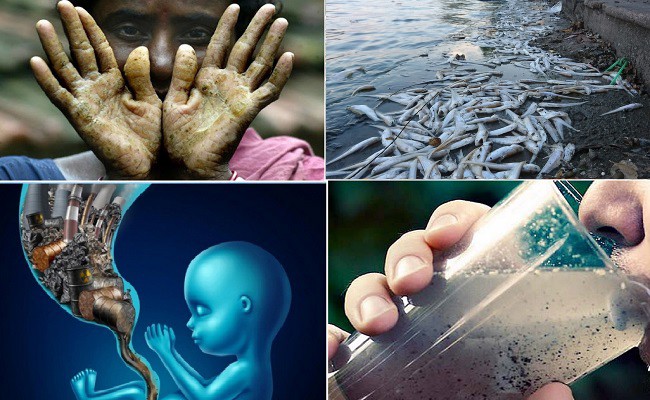
Consequences of water pollution
Hopefully, with the information that we have just shared above, you have understood what surface water is and the problems related to surface water. And to protect the lives of ourselves, our families and the whole society, from now on, we need to take practical actions to reduce the factors that cause water pollution and protect surface water sources.

